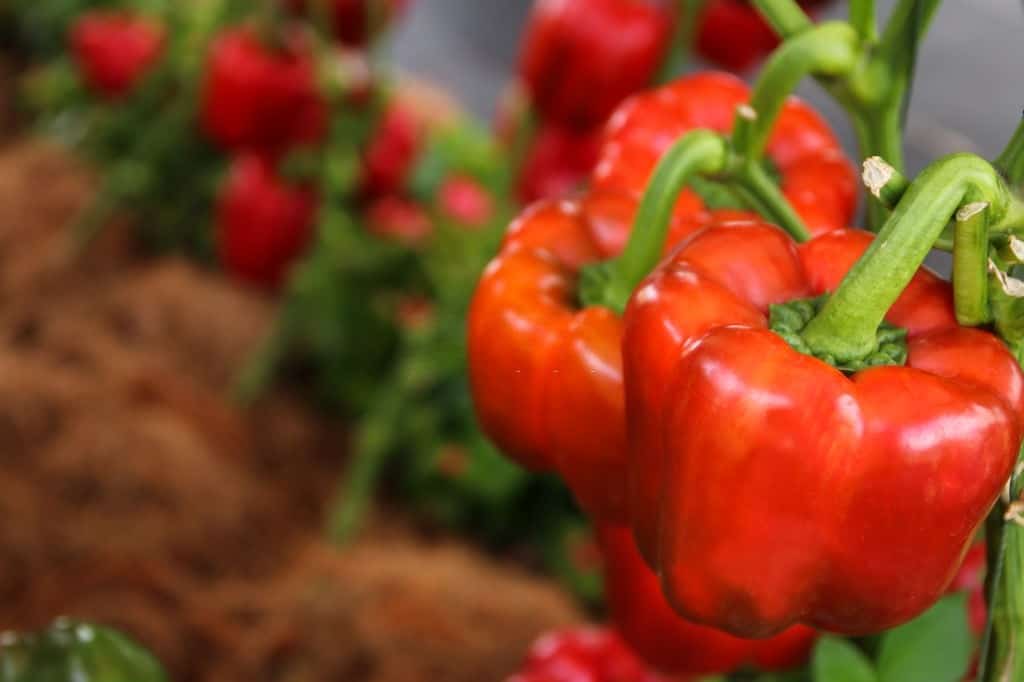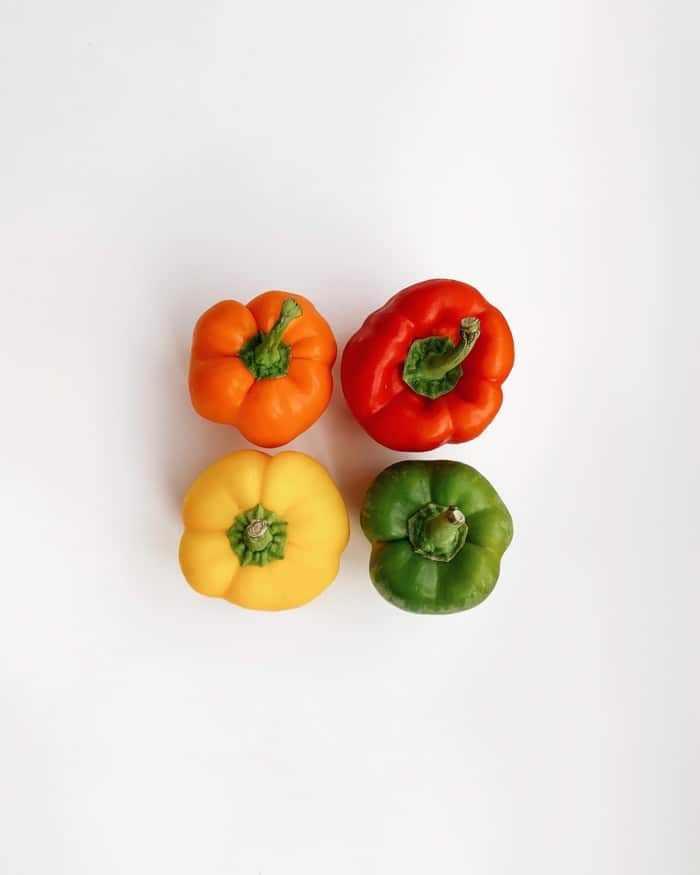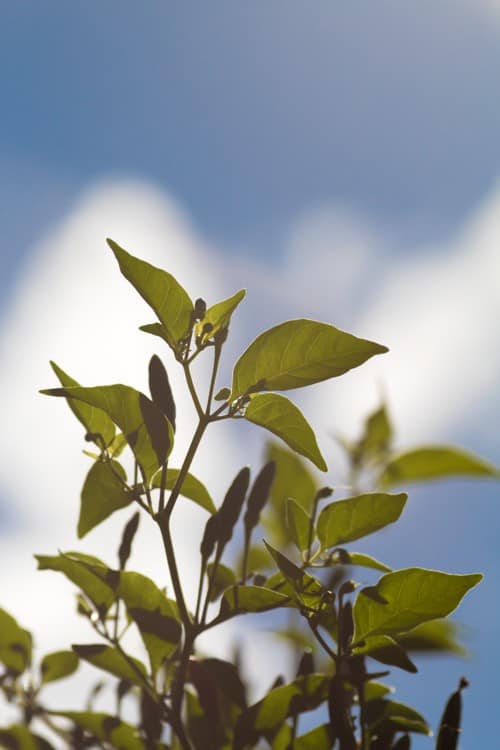Growing and harvesting peppers don’t need to be tough, though you will need to learn how to identify your pepper plants. This will teach you how to identify what specific needs they have to properly care for them.
There are many different kinds of pepper plants and varieties, and I understand that it can get quite confusing learning which is which. So read on as I show you how to tell what kind of pepper plant you have to become a better gardener!

How to Tell What Kind of Pepper Plant You Have
There are many different types of pepper plants to look into, and these are just five of the most common ones:

- Bell Peppers are the most popular, coming in green and red colors that taste slightly sweet. They add moisture and color to any dish.
- Poblano or Ancho peppers are large and heart-shaped, common in the Mexican dish chiles Rellenos. They are only mildly spicy and can be dried, having the rich and raisin-like sweet flavors.
- Anaheim Peppers is mild and versatile, and once matured, they turn to a deep red. They are more popular in American Southwest dishes and salsas.
- Serrano Peppers are only a few inches long and have a tapered end. The smaller the pepper, the spicier it is, so watch out for the heat!
- Cayenne Peppers are slender and tapered, one of the most familiar when in its ground and dried form. They are popular in Tex-Mex dishes, especially in chili con carne, one of the spiciest peppers!

Apart from the harvested pepper types, you can also identify them through their Capsicum flowers:
- Annuum are white flowers that produce jalapeños, poblano, cayenne, Serrano, and bell peppers
- Chinense produce hot and super hot chilies like the habanero, Carolina Reaper, Scotch Bonnet, and more
- Frutescens would produce Tabasco, Piri, candor Thai peppers
- Pubescens would produce peppers that have a SHU between 12,000 to 250,000.
Because of all these, how will you know which one you are growing? If you don’t have any labels on your pepper plant garden, here are ways to identify the plant you have:
1. Look at the Seeds
Identify the pepper seeds based on the color. If you see that the seeds are dark, then it’s most likely that the seeds come from the C pubescent pepper species. The corolla of this plant would be purple.
If the seeds have a straw color or the corolla has a greenish-white or pure white color, then it comes from a different species.
2. Identify Plant Corolla
Identify the corolla of your plant. If you see any diffuse yellow spots at the lobes’ bases, then the pepper plant is most likely from the C baccatum species.
If there aren’t any diffuse yellow spots, then it’s best to move on to the next step. If the corolla is color purple, identify its flowers. But if it is greenish-white or white, then identify its calyx.
3. Check the Flowers
To identify the flowers of your Chile pepper plant, check if it is solitary. If so, then the variety is from the C annuum family. If the flowers blossom with two or more from the nodes, then it is C Chinense.
4. The Calyx
Now, identify the calyx of mature fruits.
If you see a ringlike or annular constriction in the area where the pedicel and calyx meets, then the plant variety is most likely C Chinense. If you see no annual constriction in the junction, then look into the flowers next.
For solitary flowers, go back to the corolla to identify its characteristics further.
5. Count Its Flowers
Count flowers at every node, taking note of its corolla well. If ever the flowers look solitary, search for the milky white corolla, which should have straight lobes and pedicels which decline once the flower is open and functional. Such details will indicate that the pepper plant is a C annuum variety, which may also show flowers that bloom in more than two groups in every node.
But, if the corolla looks greenish-white and its lobes are rolled backward slightly, then the plant variety is most likely a C frutescens.
6. Continue the Identification
If you see more than two flowers present in every node and that the corolla is greenish-white instead of milky, continue identifying the pepper plant.
If you see the pedicels are erect as the flower fully forms, then the plant variety is from the C frutescens. If its pedicels decline as the flower is completely formed and the corolla lobes are straight, then the plant variety comes from the C chinense.
Once you have identified what pepper plants you have, be sure to label them and its seeds properly for better monitoring.
Do you want to learn more about how to identify pepper plants and their different varieties? Check out this informative video:
Wrapping It Up
Peppers are an integral part of our cuisines worldwide, and there are so many different ones we can grow. While this can seem daunting, learning more about the different varieties and how to tell them apart will improve your gardening skills. That way, you can grow your pepper plants accordingly and without any issues.
I hope that this article on how to tell what kind of pepper plant you have helps you out. So don’t wait any longer and start studying your pepper plants better to identify what you have now.